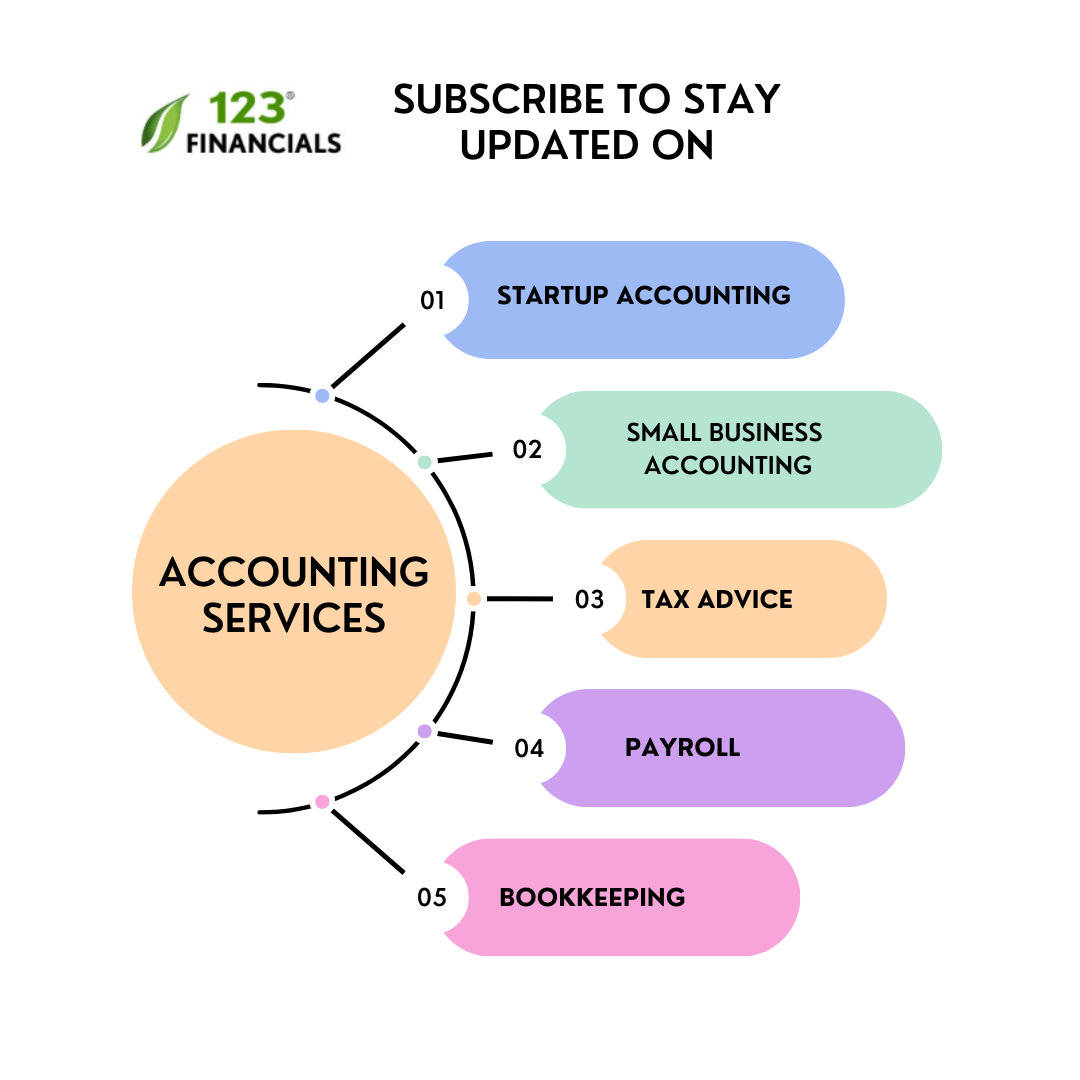Chancellor Jeremy Hunt unveiled the long-awaited Autumn budget statement.
This has aimed to get the UK’s finances in order. The government has been running a £55bn annual budget deficit. To bridge this gap between tax revenue and public spending, the Chancellor felt it necessary to impose £25bn worth of tax hikes. There will also be £30bn in public spending cuts by 2027/28.
In this blog post, we will cover the important aspects of this announcement.
Hire tax advisor in UK
Work with a UK-based accountant for tax, accounting, payroll, & EIS/ SEIS needs.
NIC thresholds, rates, and employment allowance
In 2022-23, numerous thresholds have increased from 6 July, and many rates have decreased since 6 November. The Autumn Statement confirms that a large number of NIC levels would remain fixed from 2023/24 until April 2028.
This also includes the £5,000 employment allowance. As per the Autumn Statement, 40% of employers will not be affected by decisions on the limit for employers’ NIC due to the employment allowance.
However, only two NIC limits have been confirmed for 2023/24. The class 1 lower earnings threshold will remain at the 2022/23 level of £6,396 annually (£123/ per week) in 2023/24. The class 2 small profits limits will stay at the 2022/23 level of £6,725 in 2023/24.
The class 2 and class 3 rates will rise in accordance with the September 10.1% CPI figure. The weekly class 2 rate will increase to £3.45 in 2023/24 from £3.15, and the class 3 rate will rise from £15.85 to £17.45 in 2023/24.
Energy windfall taxes
The government is preparing to raise over £40bn in the next six years through modifications to the energy profits levy, which will end on 31 March 2028.
These consist of:
- a rise to the headline rate from 25% to 35% from 1 January 2023; and
- a 29% investment allowance reduction (except for decarbonisation expenditure).
From 1 January 2023, a new electricity generator levy will be imposed on ‘extraordinary returns’. These are defined as the total income that generators gain during the period from an in-scope generation at an average output price greater than £75/MWh.
The 45% tax will only apply on returns from low-carbon UK electricity generation where the output is above 100GWh across a period and will only be imposed on extraordinary returns exceeding £10m.
Capital gains tax
Capital gains tax applies on the gain when selling assets such as second homes and shares. Above the £12,300 annual tax-free allowance, higher-rate taxpayers pay 20% on share and security gains and 28% on residential property profits.
The Chancellor has reduced the next year’s allowance to £6,000, implying that anyone paying the highest rate will pay an additional £1,764 tax. This allowance will be reduced again to £3,000 in April 2024, which means an extra £2,604 compared with the status quo.
Stealth taxes
For the next two years, until April 2028, the income tax personal allowance, the primary National Insurance thresholds, and inheritance tax thresholds will all freeze.
These have been branded “stealth taxes,” and the income tax freeze is expected to generate £6.8 billion in revenue for the government by pushing more people into higher tax brackets.
Regarding personal income allowances, the Chancellor stated that the dividend allowance will be reduced from £2,000 to £1,000 the next year and then to £500 in April 2024.

Source: Investors chronicle
Changes to company tax reliefs
Changes to research and development (R&D) tax relief were announced by the Chancellor and will go into effect on 1 April, 2023.
Under the SME scheme, the deduction percentage for qualified expenses will be deducted from 130% to 85%.
Additionally, the SME scheme’s cash repayment credit would be decreased from 14.5% to 10%.
However, the credit amount given under the large business R&D expenditure credit (RDEC) scheme will rise from 13% to 20%.
This causes a leveling up between the schemes. With a 25% corporate tax rate starting on 1 April 2023, £100 of eligible R&D spending will result in an additional tax savings of £21.25 under the SME scheme and £15 under the RDEC scheme.
The savings are £24.70 for the SME scheme and £10.53 for the RDEC scheme using the present rates and a 19% corporate tax rate.
The Autumn Statement heralds these changes as “a move towards a streamlined, single RDEC-like framework for all.”
National Living Wage and National Minimum Wage
The hourly rate of the national living wage will rise to £10.42 per hour from 1 April 2023, for individuals aged 23 and above, a rise of 9.7%.
This shows an increase of over £1,600 to the yearly earnings of a full-time individual on the national living wage and is estimated to benefit over 2 million low-paid workers.
Additionally, the government has agreed to the Low Pay Commission’s recommendations that the additional national minimum rates go into effect beginning with the first pay period starting on or after 1 April, 2023, as follows:
- A rise in the rate for 21-22 year olds to £10.18 per hour (10.9%);
- An increase in the rate for 18-20 year olds to £7.49 per hour (9.7%)
- An increase in the rate for 16-17 year olds to £5.28 per hour (9.7%);
- An increase in the apprentice rate to £5.28 per hour (9.7%); and
- The accommodation offset rate rose to £9.10 per hour (4.6%).
Hire tax advisor in UK
Work with a UK-based accountant for tax, accounting, payroll, & EIS/ SEIS needs.
Final thoughts
This was a far-reaching autumn statement with many things to consider for both short- and long-term financial planning. These changes require time, making year-end tax planning even more crucial.
It is vital to ensure you are in the ideal position to benefit from any allowances, exemptions, or reliefs offered this year and to prepare for the changes that will take effect during the following two years. To achieve your goals and aspirations, the value of financial and non-financial advice remains crucial.



















